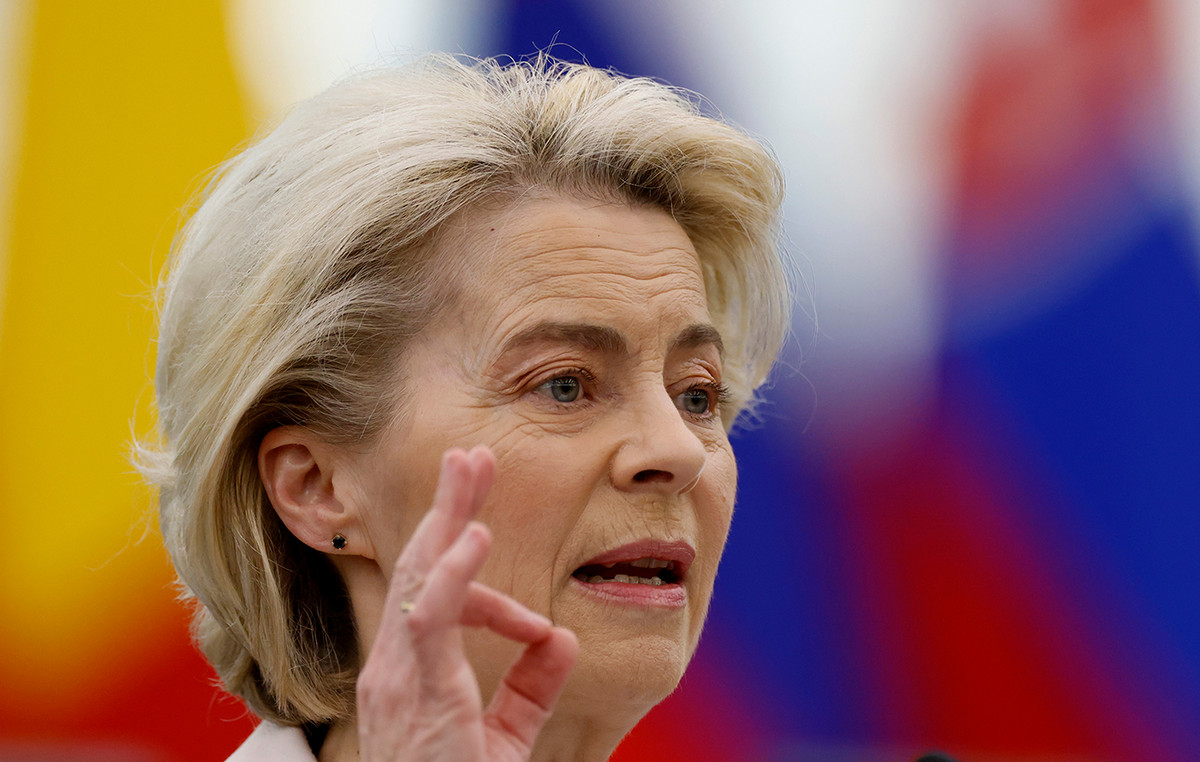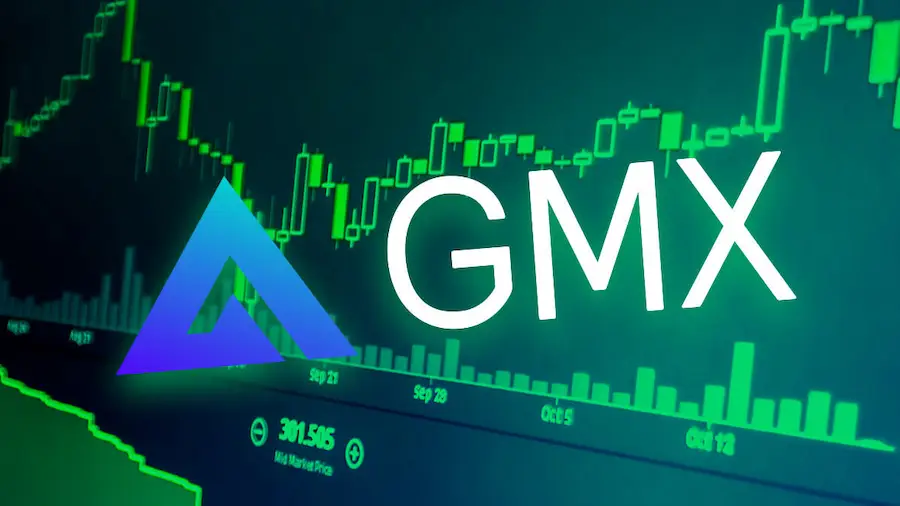- The Canadian Consumer Price Index is expected to rise 3.3% year-on-year in January.
- Canada's CPI inflation data will influence the Bank of Canada's rate cut schedule.
- Statistics Canada will release CPI inflation data on Tuesday.
The data of the Consumer Price Index (CPI) of Canada will be published by Statistics Canada on Tuesday at 13:30 GMT. CPI inflation data is likely to significantly influence the market's assessment of an expected interest rate cut by the Bank of Canada (BoC) this year, impacting the value of the Canadian Dollar.
What to expect from Canada's inflation rate?
The economists Canadian CPI is expected to increase at an annual rate of 3.3% in Januaryslowing down compared to the 3.4% growth recorded in December. In monthly terms, inflation measured by the CPI is expected to rebound to 0.4% in the same period, after the 0.3% decrease in December. The core CPI increased 0.1% month-on-month in December.
Alongside the CPI data, the Bank of Canada (BoC) will publish its core Consumer Price Index, which excludes volatile elements such as food and energy prices. In December, the BoC core CPI rose 2.6% year-on-year, while the BoC monthly core CPI fell 0.5%.
The expected slowdown in Canadian headline CPI year-on-year inflation could be attributed to lower energy and food prices. However, Core CPI numbers likely to remain stablein light of higher BoC borrowing costs, which have led to higher mortgage interest and rental costs.
Ahead of the Canadian inflation report, analysts at TD Securities (TDS) noted: “We expect headline CPI to fall 0.2 percentage points to 3.2% YoY in January, while prices rose 0.4% MoM, but the details should reinforce limited progress. Food/energy components will drive most of the slowdown, while quarterly core CPI rates accelerate since December. This should lead to an overall mixed tone and the persistence of core inflation sets a “high bar for any moderate BoC changes in March.”
According to Canada's overnight index swap (OIS) curve, BoC's first rate cut likely to occur in July.
The governor of the Bank of Canada, Tiff Macklemdeclared last week at the Council on Foreign Relations in Montreal that “The debate over monetary policy is moving from whether it is restrictive enough to how long it should remain so.“.
“The path back to 2.0% inflation is likely to be slow,” Mackem said, warning that “risks remain as house prices are now the largest contributor to above-target inflation.”
How could Canada CPI data affect USD/CAD?
The Canadian Dollar is consolidating its recovery from two-month lows at 1.3586 against the US Dollar ahead of Tuesday's CPI release. Strong US inflation data helped the US dollar gain some ground last week, but growing expectations of a delay in Federal Reserve (Fed) rate cuts limited the dollar's rise. Markets now value in price 66% chance of Fed rate cut in Juneas shown by the CME Group's FedWatch tool.
The Canadian dollar could continue to rally if headline and core CPI numbers beat expectations and reinforce the Bank of Canada's “higher for longer” narrative. In that case, USD/CAD could return to the 1.3400 area. Conversely, if Canadian inflation data is not very encouraging, expectations of Bank of Canada rate cuts could be put back on the table, allowing USD/CAD to resume its uptrend towards 1.3600.
Dhwani Mehta, Senior Analyst at FXStreet offers key technical levels for USD/CAD trading in Canada inflation report: “The USD/CAD continues to defend the horizontal 21-day SMA at 1.3470, while the 14-day Relative Strength Index (RSI) indicator is above the midline.”
“If the 21-day SMA in 1.3470 maintains strength, USD/CAD could rebound to challenge the 100-day SMA in 1.3550 on its way to the maximum two months of 1.3586. Higher up, the round level of 1.3600 will be on buyers' radar. On the downside, a daily close below the 21-day SMA will reopen the doors for a test of the 50-day SMA in 1.3410. The next relevant bearish target is at the February low of 1.3365“adds Dhwani.
Quote of the Canadian Dollar this week
The following table shows the percentage change of the Canadian Dollar (CAD) against major currencies this week.
| USD | EUR | GBP | CAD | AUD | JPY | NZD | CHF | |
| USD | 0.18% | 0.22% | 0.22% | 0.21% | 0.16% | 0.06% | 0.27% | |
| EUR | -0.18% | 0.04% | 0.04% | 0.02% | -0.02% | -0.12% | 0.09% | |
| GBP | -0.22% | -0.04% | 0.00% | -0.01% | -0.06% | -0.16% | 0.06% | |
| CAD | -0.23% | -0.05% | -0.02% | -0.02% | -0.07% | -0.19% | 0.04% | |
| AUD | -0.21% | -0.02% | 0.01% | 0.01% | -0.05% | -0.15% | 0.07% | |
| JPY | -0.16% | 0.02% | 0.08% | 0.06% | 0.04% | -0.11% | 0.11% | |
| NZD | -0.04% | 0.14% | 0.17% | 0.18% | 0.15% | 0.11% | 0.23% | |
| CHF | -0.28% | -0.09% | -0.06% | -0.06% | -0.07% | -0.12% | -0.22% |
The heat map shows the percentage changes of the major currencies against each other. The base currency is chosen in the left column, while the quote currency is chosen in the top row. For example, if you choose the euro in the left column and scroll down the horizontal line to the Japanese yen, the percentage change that appears in the box will represent EUR (base)/JPY (quote).
Frequently Asked Questions about the Canadian Dollar
What factors determine the price of the Canadian dollar?
The key factors that determine the price of the Canadian dollar (CAD) are the level of interest rates set by the Bank of Canada (BoC), the price of oil, Canada's main export product, the health of its economy, inflation and the trade balance, which is the difference between the value of Canadian exports and its imports. Other factors are market confidence, that is, whether investors bet on riskier assets (risk-on) or look for safe assets (risk-off), with the risk-on being positive for the CAD. As its largest trading partner, the health of the US economy is also a key factor influencing the Canadian dollar.
How do Bank of Canada decisions affect the Canadian dollar?
The Bank of Canada (BoC) exerts significant influence over the Canadian Dollar by setting the level of interest rates that banks can lend to each other. This influences the level of interest rates for everyone. The BoC's main objective is to keep inflation between 1% and 3% by adjusting interest rates up or down. Relatively high interest rates are usually positive for the CAD. The Bank of Canada can also use quantitative easing and tightening to influence credit conditions, with the former being negative for the CAD and the latter being positive for the CAD.
How does the price of oil affect the Canadian dollar?
The price of oil is a key factor influencing the value of the Canadian Dollar. Oil is Canada's largest export, so the price of oil tends to have an immediate impact on the value of the CAD. Generally, if the price of oil rises, the CAD also rises, as aggregate demand for the currency increases. The opposite occurs if the price of oil falls. Higher oil prices also tend to lead to a higher probability of a positive trade balance, which also supports the CAD.
How does inflation data influence the value of the Canadian Dollar?
Although inflation has traditionally always been considered a negative factor for a currency, as it reduces the value of money, the opposite has actually happened in modern times, with the relaxation of cross-border capital controls. Higher inflation often leads central banks to raise interest rates, attracting more capital inflows from global investors looking for a lucrative place to store their money. This increases the demand for the local currency, which in the case of Canada is the Canadian Dollar.
How does economic data influence the value of the Canadian dollar?
The published macroeconomic data measures the health of the economy and may have an impact on the Canadian dollar. Indicators such as GDP, manufacturing and services PMIs, employment and consumer confidence surveys can influence the direction of the CAD. A strong economy is good for the Canadian dollar. Not only does it attract more foreign investment, but it may encourage the Bank of Canada to raise interest rates, resulting in a stronger currency. However, if economic data is weak, the CAD is likely to fall.
Source: Fx Street
I am Joshua Winder, a senior-level journalist and editor at World Stock Market. I specialize in covering news related to the stock market and economic trends. With more than 8 years of experience in this field, I have become an expert in financial reporting.







